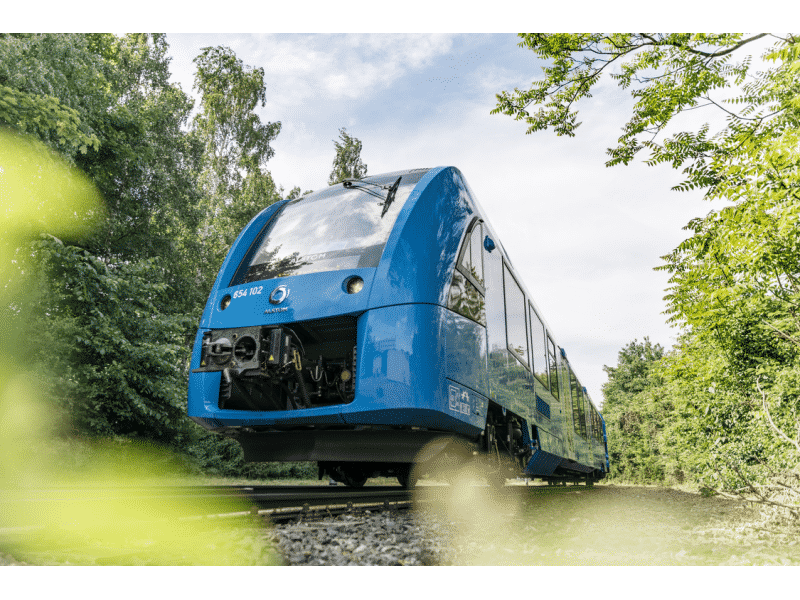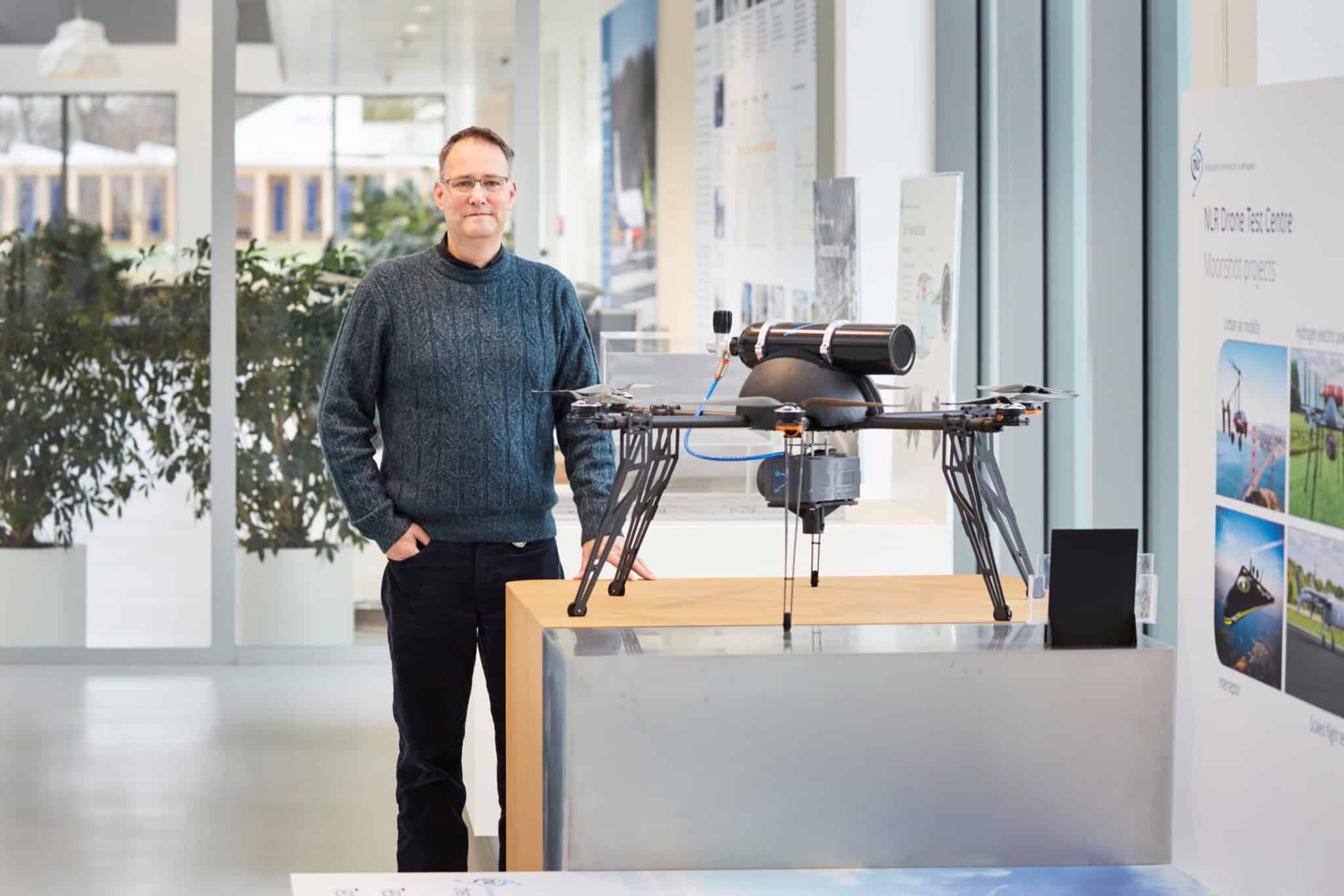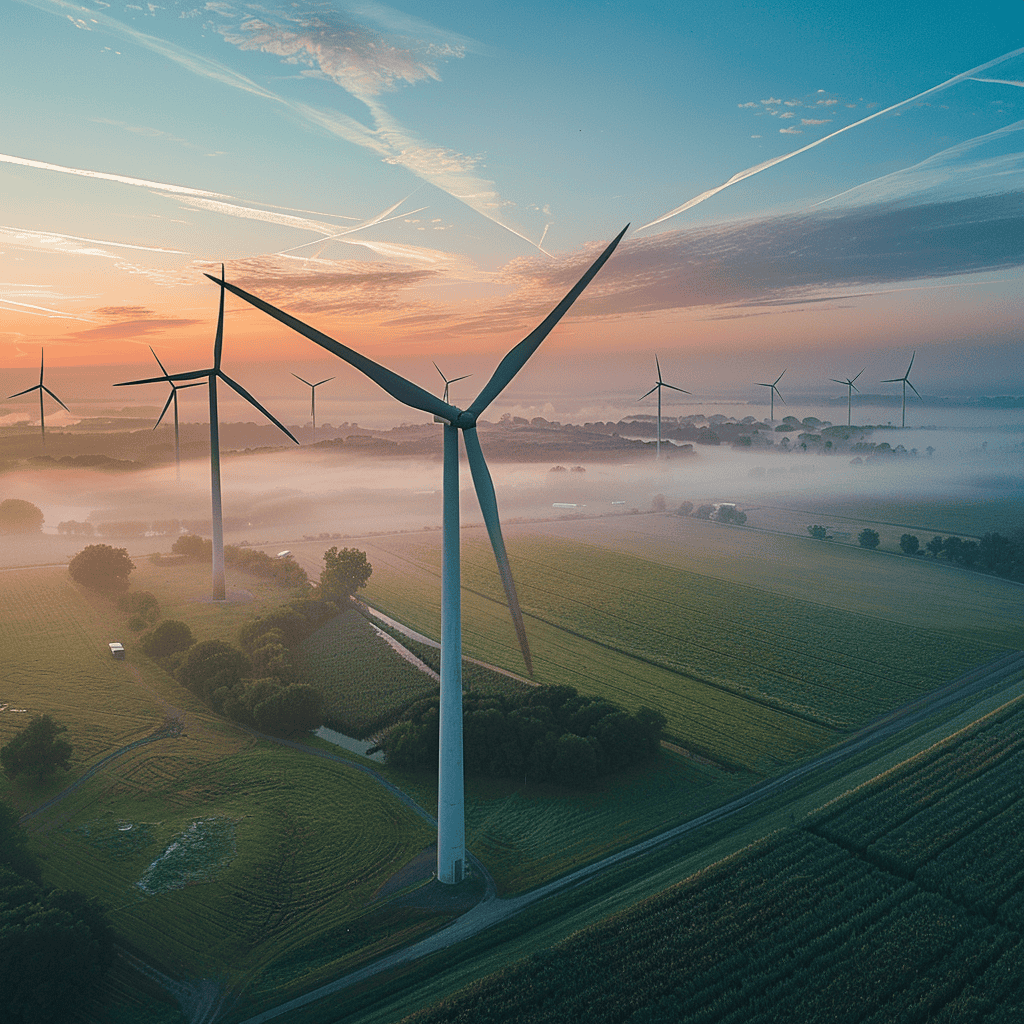
Cities all over the world are cautiously trying to keep the oldest diesel vehicles out. Germany is one of them. In cities like Stuttgart and Hamburg, there are already complete driving bans for older diesel cars in certain zones. Other cities such as Cologne, Frankfurt, Berlin and Essen are about to start with it. In Essen, the ban even applies to a motorway. The German railways, on the other hand, are still dependent on diesel locomotives to transport their trains from A to B. Germany still has the largest market for diesel trains in Europe. In view of the increase in diesel prices in the medium and long term and in order to achieve climate targets, a review is beginning to take place.
One solution to this problem is electrically powered locomotives, but this is difficult because about 40% of the German rail network is without overhead lines and electrification of the lines is expensive: about one million euros per kilometre. In addition, a significant proportion of the European rail network connected to it is not electrified. Batteries are excluded as a solution; after all, in order to achieve the required power and range, the batteries would have to be disproportionately large and could only have a very limited lifespan due to repeated and fast charging.

The French company Alstom has therefore developed a new emission-free and quiet regional train, the Coradia iLint. This train is powered by hydrogen fuel cells that emit only water into the environment. In addition, the new train’s noise level is far below that of conventional trains. The company initially developed the Coradia iLint especially for the German market and in 2014 signed a letter of intent with the Länder of Lower Saxony, North Rhine-Westphalia, Hessen and Baden-Württemberg. In 2015, a further agreement was concluded with the Calw region for the development of a fuel cell train.
Higher safety
Hydrogen technology has been researched for decades and has already proven itself in numerous applications. According to the German Association for Hydrogen and Fuel Cells (DWV), high-pressure containers containing hydrogen are even safer than petrol tanks in comparable hazardous situations. And if produced in a green, CO2-neutral way, it is completely environment-friendly.
The Coradia iLint was developed and built in Salzgitter and combines several innovative elements: clean energy conversion, flexible energy storage in batteries, intelligent management of motive power and available energy. Of course, there are also driver assistance systems and it has been specially developed for use on non-electrified routes.
The normal facilities have also been considered. The train is equipped with passenger information systems via real-time displays, offers 160 seats, space for bicycles and wheelchairs and has free Wi-Fi. The total passenger capacity is 300 persons. The maximum speed is about 140 km/h, the range in tests was about 1,000 kilometres.
The largest fuel cell train fleet in the world

Two hydrogen trains have been running in Lower Saxony since September 2018, and Hessen is now to place a large additional order. The fleet currently consists of 27 Cordia iLint trains operated by fahma, a subsidiary of Rhein-Main-Verkehrsverbund (RMV). The trains are expected to be delivered at the time of the 2022/2023 timetable change. The trains will be operated on four lines in the Taunus region that are still running on diesel trains. The Hessian Minister of Transport, Tarek Al-Wazir, showed himself euphoric about the climate-friendly innovations and assured the support for the project.
“Diesel vehicles are still on the rails of Hessen in many places today, because the catenary systems are missing. The fuel cell drive is a fast and effective alternative to electrification”, explains Al-Wazir. “In Hessen, transport is responsible for a third of greenhouse gas emissions. Steam instead of diesel soot is, therefore, an interesting approach. We will continue to actively support the project and do everything we can to ensure that the necessary adjustments to the railway infrastructure around the hydrogen filling station in Höchst are implemented quickly.”
The project costs 500 million euros. In addition to the delivery of the trains themselves, this includes the hydrogen, the maintenance of the trains and the provision of spare capacity for the next 25 years. The trains are refuelled at the Höchst Industrial Park, where a hydrogen filling station has already been in operation since 2006.

In addition to the order from Hessen, Alstom has also received a large order from the German Landesnahverkehrsgesellschaft Niedersachsen (LNVG), which has demanded 14 extra trains from 2021 onwards. The Parliamentary State Secretary in the Federal Ministry of Transport and Digital Infrastructure (BMVI) now hopes that many more projects in Germany will follow this example.
Innovation Origins has written more often about mobility with hydrogen. Here is an overview.







